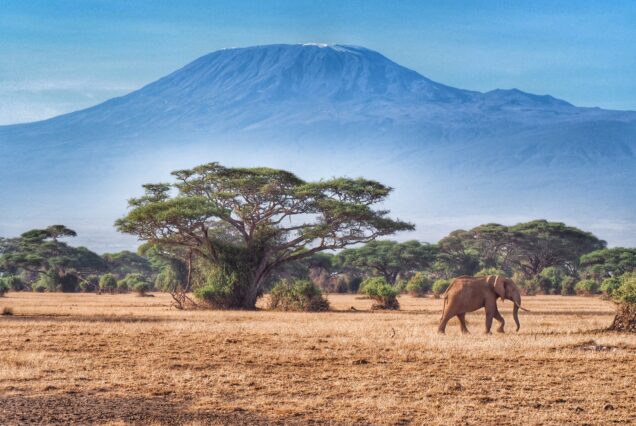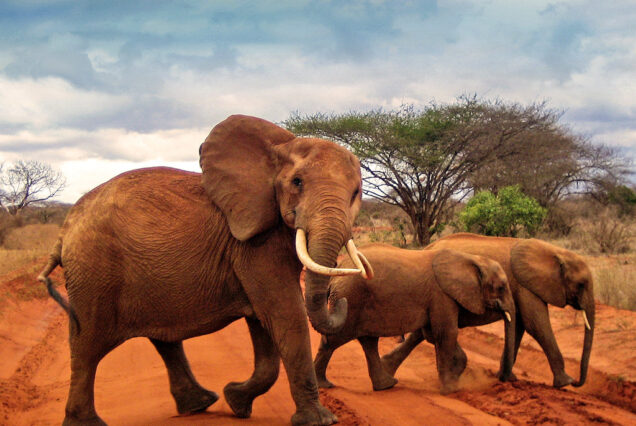Tsavo West National Park: A Tapestry of Wildlife and Natural Wonders
Embark on a safari adventure like no other as we explore the vast landscapes and untamed beauty of Tsavo West National Park. Nestled in southeastern Kenya, this expansive wilderness unveils a tapestry of diverse ecosystems, dramatic landscapes, and an abundance of wildlife, making it a must-visit destination for nature enthusiasts and safari seekers.
From the sight of fifty million gallons of crystal clear water gushing out of from the under parched lava rock that is the Mzima Springs to the Shetani lava flows, Tsavo West is a beautiful, rugged wilderness. The savannah ecosystem comprises of open grasslands, scrublands, and Acacia woodlands, belts of riverine vegetation and rocky ridges including the Poacher’s Lookout where visitors can see the teeming herds in the plains below. Tsavo West offers some of the most magnificent game viewing in the world and attractions include elephant, rhino, Hippos, lions, cheetah, leopards, Buffalos, diverse plant and bird species including the threatened corncrake and near threatened Basra Reed Warbler.









